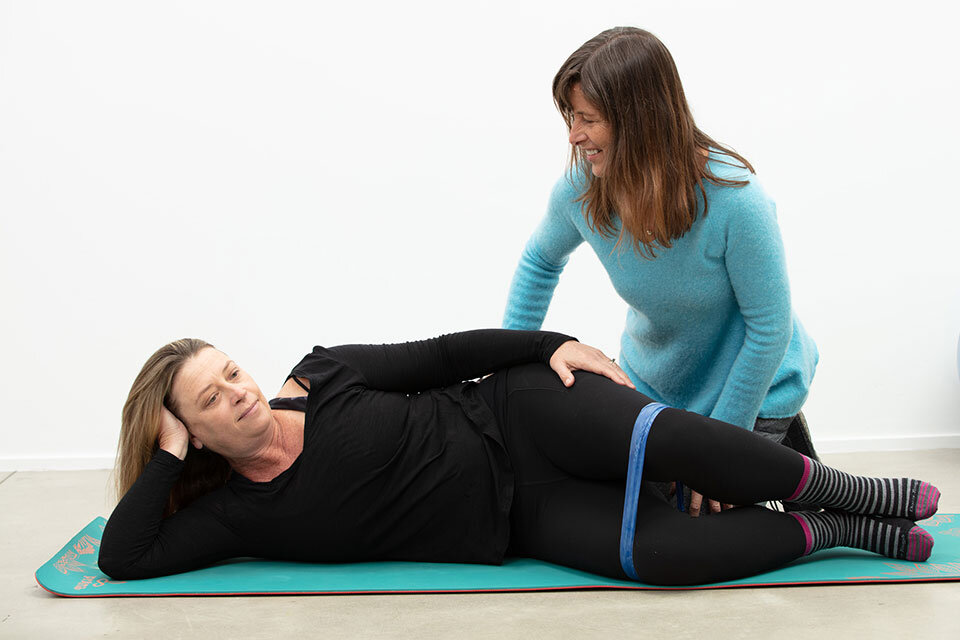
Ann listens | She cares | She understands | She’s an expert | She helped me
Services
Here are the problems I treat and how they’re treated:
Bladder | Bowel | Pelvic pain | Sex | Men | Prolapse | Pregnancy | Postpartum | Transgender | Cancer



Bladder
What are some common bladder problems?
They’re usually spoken of like this:
“I leak urine when I cough/sneeze/exercise/bend over. I have to wear pads so that I don’t soak through my underpants/pants. I know where every bathroom is when I go out shopping or for a meal. I can’t run anymore because I pee myself. I’m so embarrassed that I can’t control my bladder. Ever since prostate cancer treatment, I leak urine even though I go to the bathroom all the time to try to keep my bladder empty.”
Urinary Incontinence is the involuntary loss of urine. You are not alone in this condition: at least 50% of all women experience some form of incontinence in their lifetime, and so do most men after prostate cancer! Despite this being common, it is NOT necessary or normal!
Stress incontinence loss of urine with sudden increase in physical stress on the bladder, such as cough or sneeze, etc.
Urge incontinence sudden loss, usually of large amounts of urine, preceded by a strong urge to urinate
Mixed incontinence a combination of stress and urge incontinence
Overflow incontinence happens when the bladder is overstretched/overfull and urine leaks out even though the bladder is not contracting to empty. You may experience a feeling of incomplete emptying, slow-flowing urine, or dribbling. Urgency (the strong desire to go to the bathroom before your bladder is full) often accompanied by frequency (frequent trips to the bathroom). Normal is every 2-4 hours.
Urinary hesitancy and dribbling are very common after prostate cancer treatment.
How can pelvic physical therapy help you with your incontinence?
Treatment options include:
External and/or internal pelvic floor evaluation to assess muscle function, tone, sensory awareness, coordination and check for strength.
Specific pelvic floor treatment which will include strengthening if/when you are able to selectively isolate the pelvic floor muscles. The traditional Kegel exercise has a place, but there is much more to the pelvic floor—and about 50% of women do Kegels the wrong way! We will design a program based on your own function and functional needs.
Biofeedback can be very helpful. For those who learn well by seeing, biofeedback can give you better awareness of how to use your pelvic floor and abdominal muscles.
Bladder retraining which starts with completing a bladder diary and education about what is normal. We will work to improve your bladder function and habits, so that your bladder isn’t ruling your life!
Manual therapy hands on treatment focused on improving the mobility of your soft tissue and the alignment and mobility of your joints.
Serving the Greater San Luis Obispo and Central Coast regions



